A lot of people think that living the homesteader lifestyle means giving up on modern amenities, like mosquito repellent. While you might not be buying chemical-heavy sprays like others, though, you don’t actually have to just sit back and let mosquitoes and other bugs take over your life. In fact, there are a lot of highly effective natural ways to keep those bugs away from you, your home, and your garden.
Make Your Own Bug Spray

Grab a spray bottle and fill it halfway with distilled water. Fill it the rest of the way with witch hazel, and then add about 50-60 drops of rosemary, eucalyptus, or clove oil. Shake it up, and spray it on your skin. It’ll leave you feeling refreshed, and it’ll keep insects away, as well.
Plant Rosemary in Your Yard
Almost all insects are repelled by rosemary, making it a great herb to plant in your yard. You can plant it around your garden to keep pests out, and you can plant it around your patio or your fire pit to create a bug-free zone in the yard. Other good plants for this purpose include catnip, mint, citronella, and wormwood.
Put Your Eggshells to Work
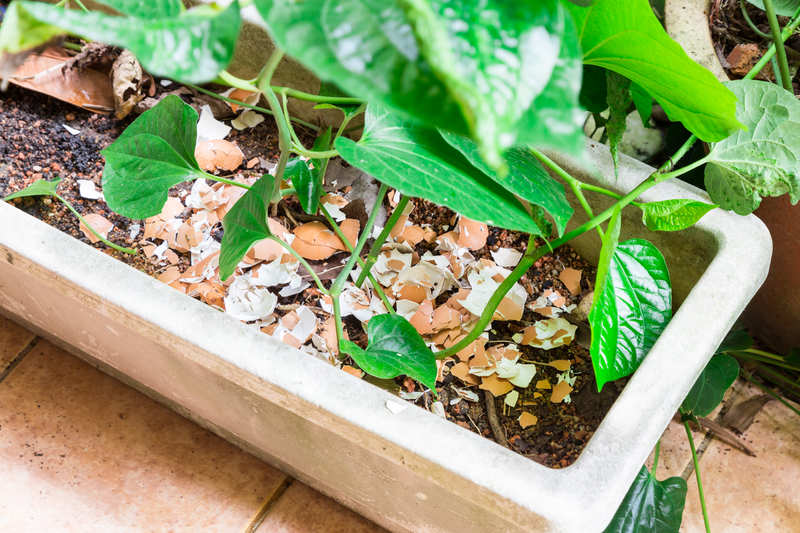
If you’re trying to keep pests out of the garden, including insects, slugs, and snails, crush up eggshells and spread them around the bases of your plants. This makes it difficult for the pests to traverse the ground to get to the plants, and they’ll soon go looking elsewhere for food.
Spread Mulch Around the House
Finally, if bugs keep getting in your home, try spreading cedar mulch around the outside of the house. Much like rosemary, this deters pests and will make them want to go somewhere else.
Try out one or all of these tips to enjoy a bug-free living and gardening space in and around your home.




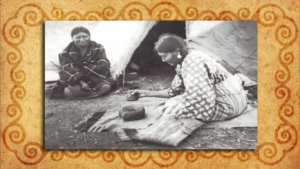
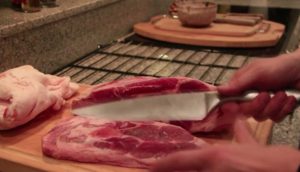


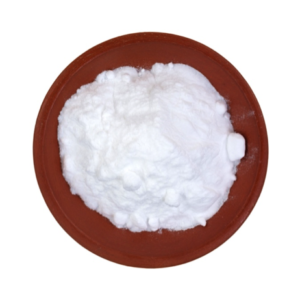 much money you spend on shampoo each year for your entire family.
much money you spend on shampoo each year for your entire family.




 camping items, or carrying far too much weight as you pack everything and the kitchen sink. But just a few simple touches around your campsite can make a huge difference.
camping items, or carrying far too much weight as you pack everything and the kitchen sink. But just a few simple touches around your campsite can make a huge difference.



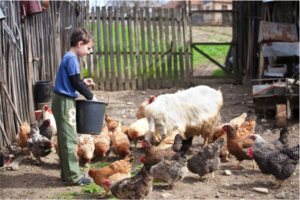 kids should be a part of caring for your family homestead. If you have younger children, there are still plenty of ways that they can help out around the farm.
kids should be a part of caring for your family homestead. If you have younger children, there are still plenty of ways that they can help out around the farm.